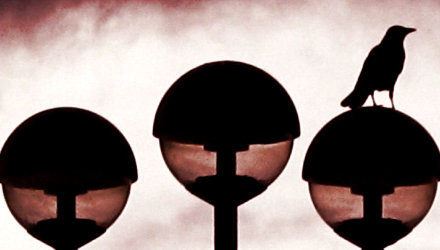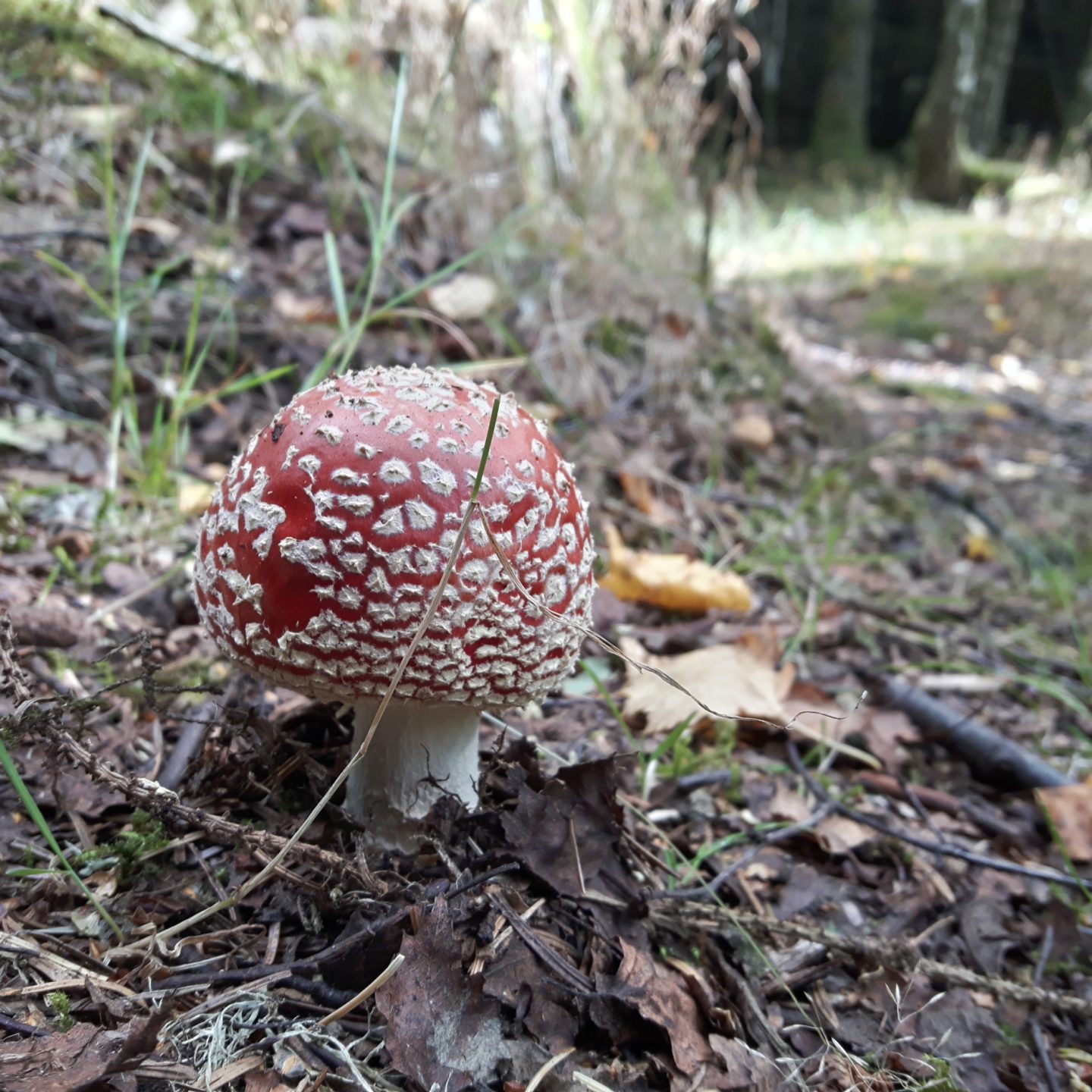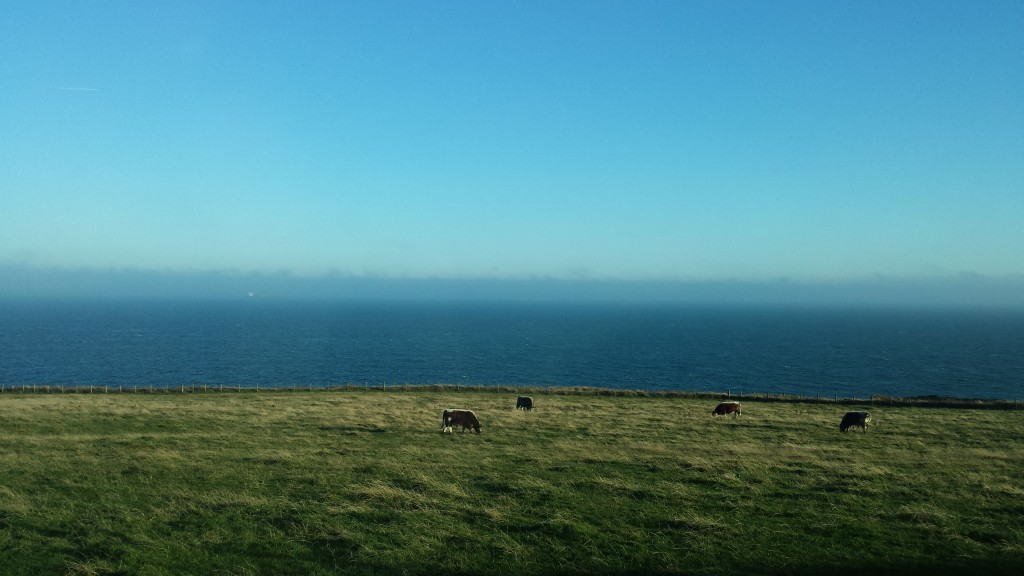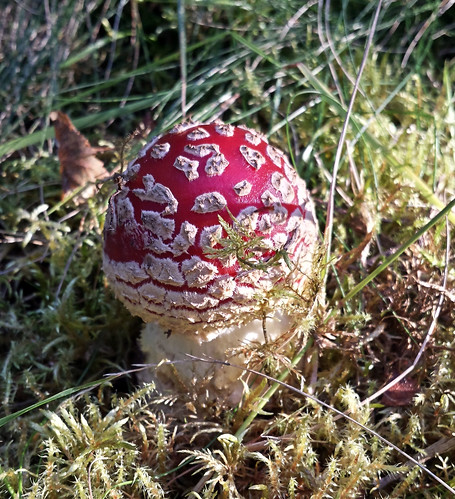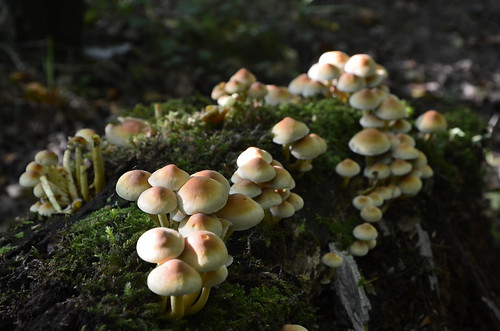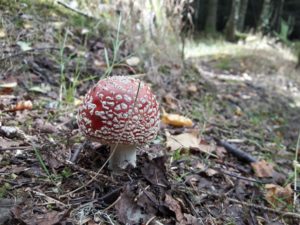
We’re full into autumn now. The geese started flying in a few weeks ago, and Storm Callum took most of the leaves off our rowan trees. The berries have remained untouched by the starlings, who normally devour them before I can gather enough to make jelly. They may have suffered from this year’s prolonged drought. The dog is spending more time outdoors than in, which is our cue that winter is on its way. We have had days of phenomenal sunsets and dawns, which covered social media (if you happen to follow photography sites) with pictures of lenticular and mammatus clouds, as well as the more generally expected cirrus and cirrocumulus looking like lava. These apocalyptic skies are a result of Rayleigh Scattering in the high atmosphere, where dust is kept aloft by high pressure — hence the old saying, “Red sky at night, shepherd’s delight.”
The skies have coincided with the warm days and cold nights that result from high pressure in the tail end of the year. Some of the weather models predict a cold snap from this weekend, with possible snow in the mountains.
Being neuro-atypical, I think a lot about perception, and how the entire world outside the confines of my individual awareness is bat country. (I’m sure the general population would think the same about me, but they don’t have to try to translate for it.) I can chalk up some experiences to synaesthesia playing silly buggers with my perception; one of those is this strong feeling that it’s going to be a hard winter this year. I feel like I can smell snow on the way, and I have done for several weeks. There’s no rational explanation for this sensation. It’s not specifically a smell, because my synaesthesia doesn’t work like that, but a shape in the air when I breathe. Like most things to do with my oddly-wired brain, I make a note, keep it mostly to myself, and am amused when I start to read other people opining that winter will be a harsh one. The trees have produced lots of fruit, says one, to fatten up the birds so they will survive. While I know of no reason to think that trees set fruit according to the future needs of birds, I love the idea that the flora and fauna are so closely interconnected, and wonder if trees hold committee meetings at which they discuss fruit futures.
I have yet to determine a reliable way of differentiating between synaesthetic silly buggers triggering some sort of topological pareidolia, and real information. But next time someone tells you they can smell snow even though the temperature is in the mid teens, and people are wandering around in shorts and t-shirts, spare a thought for those whose interactions with physical reality don’t sit comfortably near the middle of the bell curve.

